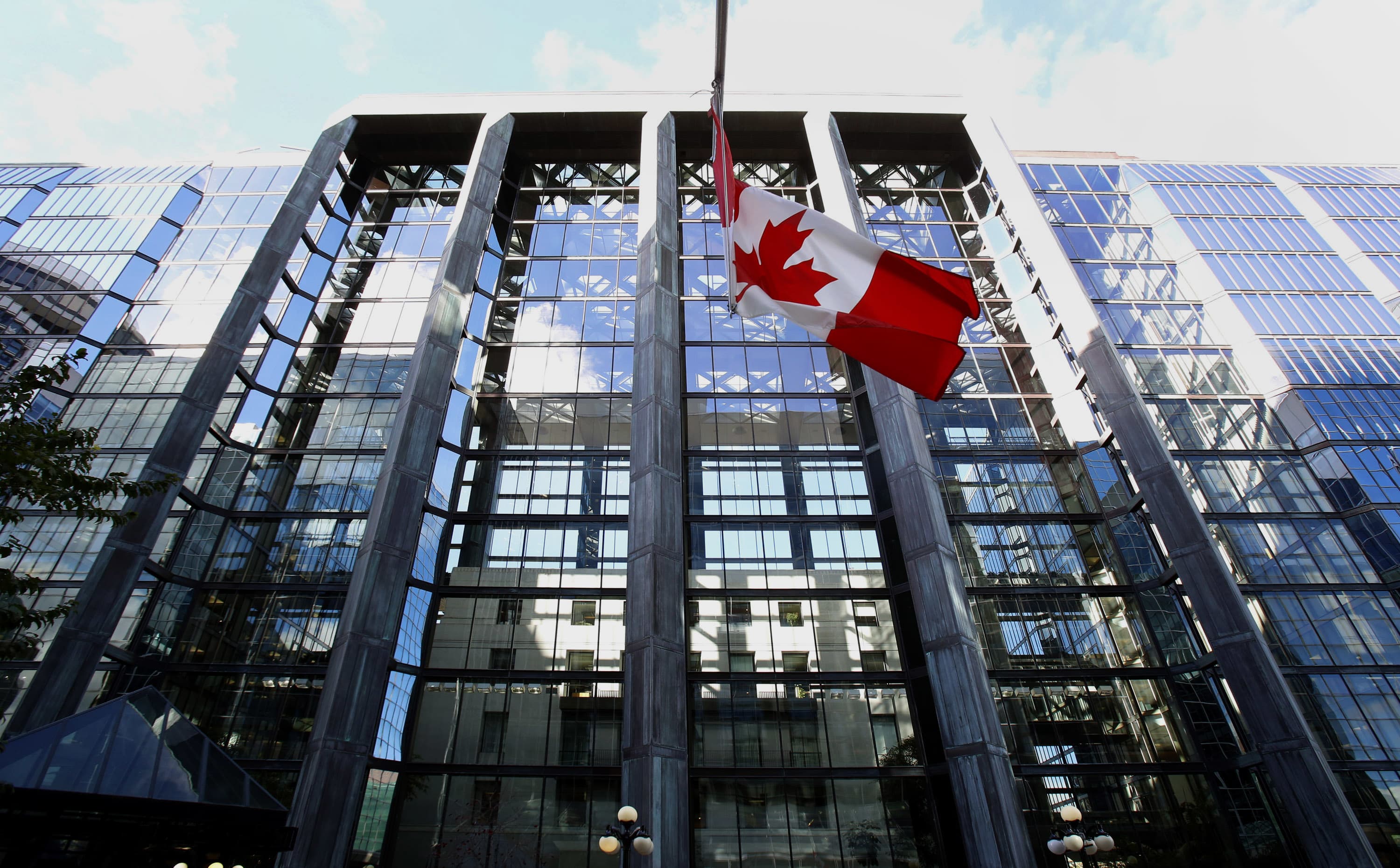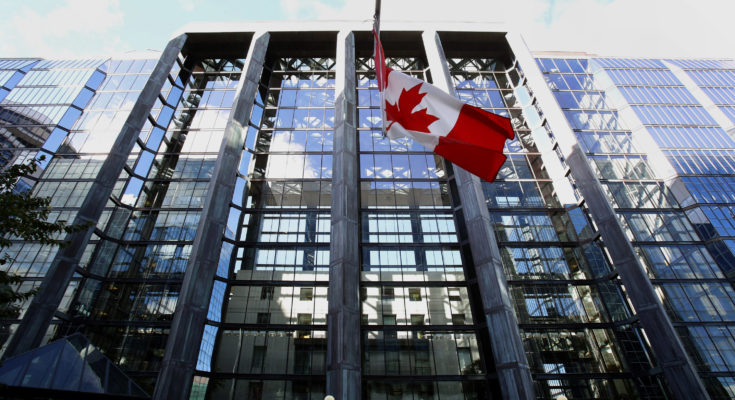“The appropriate path for interest rates in this situation is very difficult to know, because there are a number of important unknowns around the inflation outlookâ€â€¦â€¦.. Governor Stephen Poloz[1]
The Bank of Canada, like other central bankers, have been called into question for raising rates at a time of falling inflation. During the past five years, the inflation rate in Canada has been at the lower end of the Bank’s target range of 1-3%. Moreover, recent drops in inflation have only made the rate hikes more difficult to comprehend.

The Governor plainly reveals that there are two moving targets in which the Bank operates in setting its rate policy. The first is “economic capacity†meaning the potential for growth given ideal conditions of full employment and full utilization of all resources. The second is the inflation rate. The Bank’s models are set up such that “when the economy reaches full capacity, inflation will converge on 2 percent the midpoint of the target band.â€
Full capacity or potential output is hard to pin down. Business investment constantly adds to capacity as well as raising productivity. Rising productivity combined with increases in the labor force results in potential growth. Although the Bank currently believes that the economy is operating at close to full capacity, it is troubled by the second moving part, namely the inflation rate. The Bank expects that at full output, inflation to be at 2% – herein, lies the rub. Inflation continues to fall short of what the model forecasts.
Rightly so, the Bank is focusing more on factors influencing inflation, than on measuring economic capacity. As the Governor freely admits, the inflation outlook involves:
Unknowns {that} are unusual, as they are mostly the product of the unusual nature of the situation we find ourselves in—the legacy of the global financial crisis, the protracted period of slow economic growth and extremely low-interest rates, and so on.

